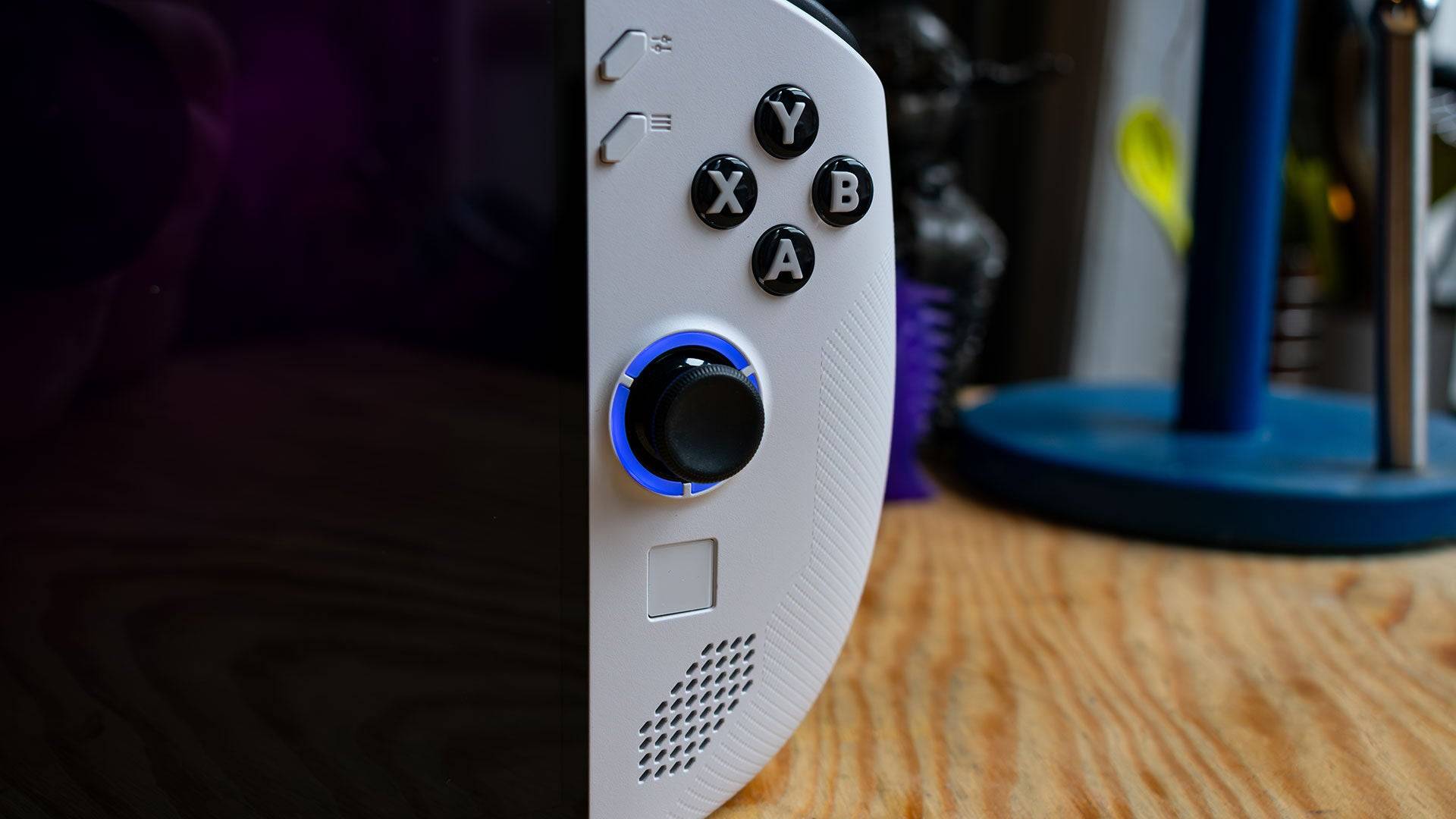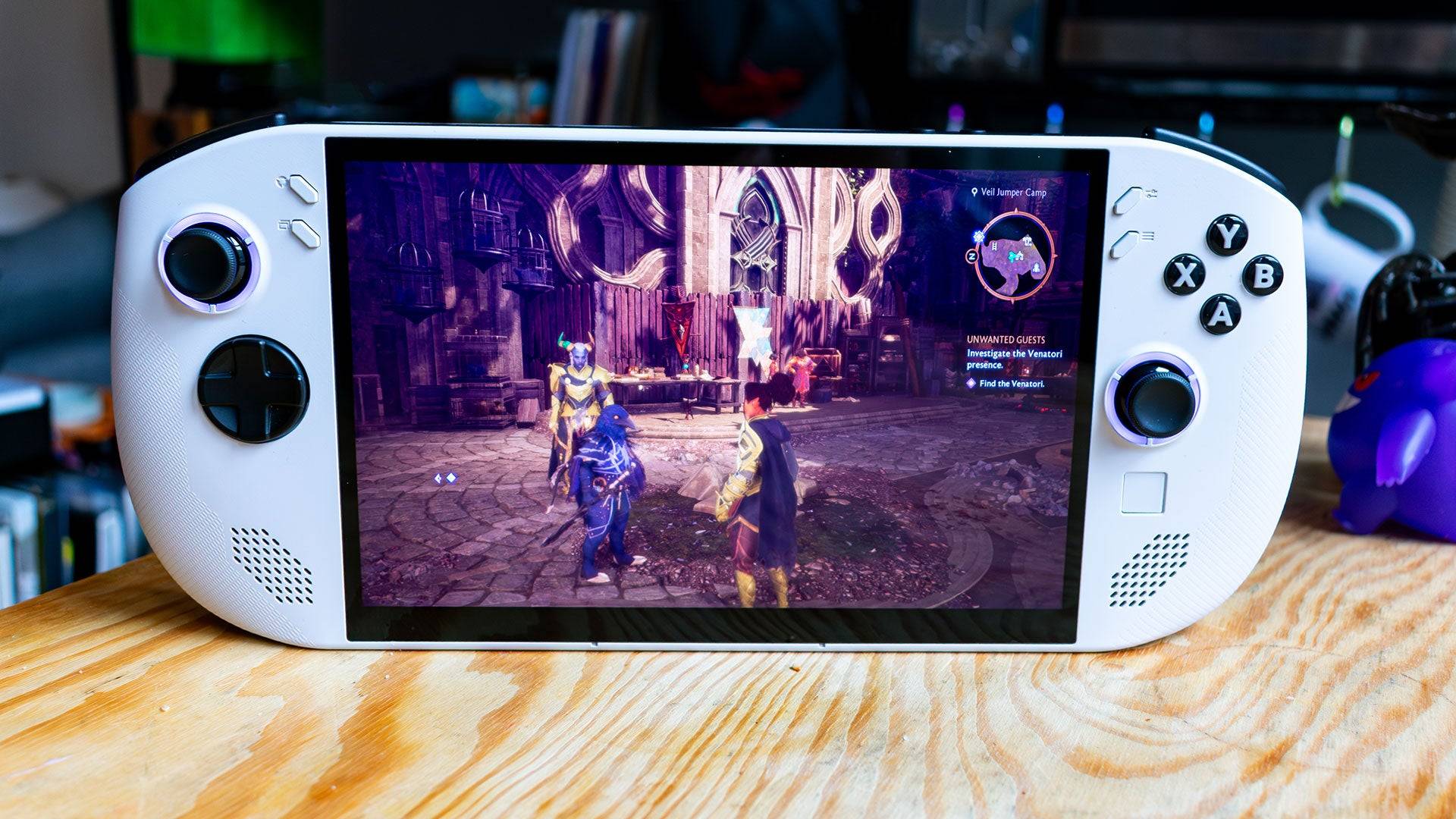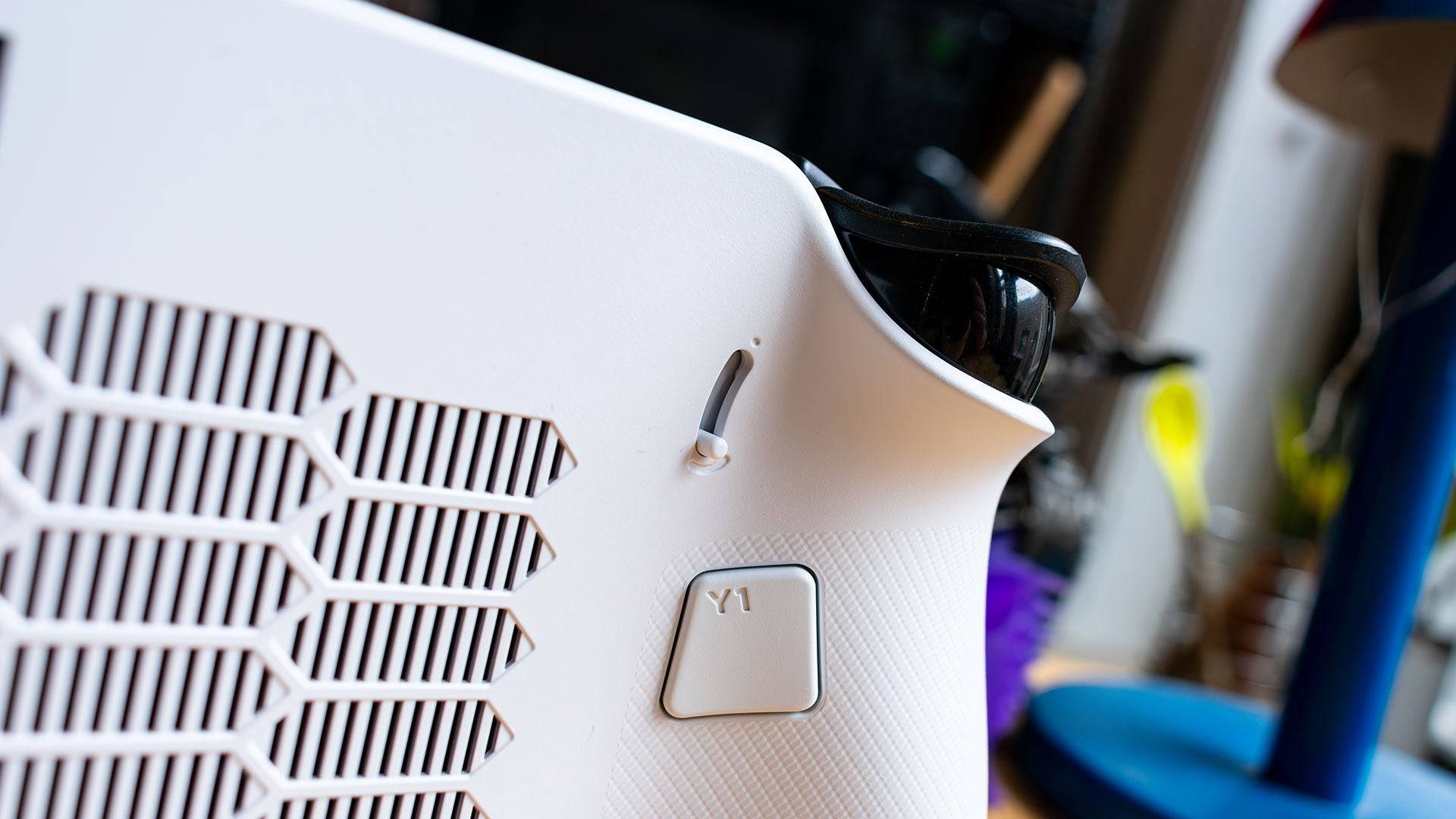Lenovo Legion Go S: A Comprehensive Review
- By Liam
- Apr 13,2025
Handheld gaming PCs like the Lenovo Legion Go S have been on the scene for a while, but it's only in recent years that they've surged in popularity, largely thanks to the Steam Deck. Since Valve's Linux-based handheld hit the market, mainstream PC manufacturers have been eager to jump on the bandwagon with their own iterations. The Lenovo Legion Go S positions itself closer to the Steam Deck, differentiating from the original Legion Go.
The Lenovo Legion Go S breaks away from its predecessor's design by adopting a unibody structure, ditching the Switch-like removable controllers and the extra dials and buttons that characterized the original. A significant development is the upcoming release of a Legion Go S version powered by SteamOS, the same Linux distribution that runs the Steam Deck. This will be the first non-Valve handheld to feature this OS out of the box, though the model I reviewed runs Windows 11. At $729, the Legion Go S struggles to compete with other Windows 11 handhelds in its price range.
Lenovo Legion Go S – Photos

 7 Images
7 Images


 Lenovo Legion Go S – Design
Lenovo Legion Go S – Design
In terms of design, the Lenovo Legion Go S resembles the Asus ROG Ally more than its predecessor. It adopts a streamlined, single-unit form factor, moving away from the complex detachable controllers of the original Legion Go. This design choice makes the Legion Go S easier to handle, with its rounded edges providing comfort during extended gaming sessions, although its weight is notable at 1.61 pounds. This is slightly lighter than the original Legion Go at 1.88 pounds but heavier than the Asus ROG Ally X at 1.49 pounds.
The Legion Go S boasts an impressive 8-inch, 1200p IPS display with a brightness of 500 nits. This screen delivers vibrant visuals, making games like Dragon Age: The Veilguard and Horizon Forbidden West look stunning. The display's quality is among the best in the handheld gaming PC market, rivaled only by the Steam Deck OLED.
The Legion Go S offers a sleek appearance with two color options: Glacier White and Nebula Nocturne, the latter exclusive to the upcoming SteamOS version. The device features RGB lighting around each joystick, which can be easily customized to suit your preference. The button layout is more intuitive than the original Legion Go, with standard placement of 'Start' and 'Select' buttons, though Lenovo's proprietary menu buttons can be a bit confusing at first.
A smaller touchpad is included, which, while useful for simulating mouse input, feels undersized compared to the original Legion Go's. The Legion Go S's design will be even more advantageous with the SteamOS version, as the operating system is tailored for controller navigation.
The LegionSpace software, accessible through a dedicated button, manages system settings and your gaming library efficiently. On the back, programmable 'paddle' buttons and adjustable trigger travel levers provide customization options, although the latter only offer two settings.
The top of the device features two USB 4 ports for charging and peripherals, while the bottom has a centrally located MicroSD card slot, which might be inconvenient if you plan to use a dock.
Purchasing Guide
The reviewed Lenovo Legion Go S, available from February 14, is priced at $729.99 and comes with an AMD Z2 Go APU, 32GB of LPDDR5 RAM, and a 1TB SSD. A more budget-friendly option with 16GB of RAM and a 512GB SSD will be released in May for $599.99.
Lenovo Legion Go S – Performance
The Lenovo Legion Go S is the first handheld to feature the AMD Z2 Go APU, but its performance is underwhelming compared to competitors. With a Zen 3 processor and RDNA 2 GPU, it struggles to match the original Legion Go and the Asus ROG Ally X, despite its higher price point.
The battery life is slightly worse than the original Legion Go, lasting 4 hours and 29 minutes in the PCMark10 test. In 3DMark benchmarks, the Legion Go S lags significantly behind, scoring lower than both the original Legion Go and the ROG Ally X.
In gaming, the Legion Go S shows mixed results. It performs slightly better than its predecessor in Hitman: World of Assassination, but falls short in Total War: Warhammer 3 and Cyberpunk 2077. For a smoother experience, lowering the resolution to 800p and using medium quality settings is recommended, yielding 30-40 fps in most AAA games.
However, demanding titles like Horizon Forbidden West stutter even at lower settings, suggesting the Legion Go S is better suited for less intensive games like Persona 5, which runs smoothly and looks fantastic on its display.
Wait, It’s More Expensive?
Despite its smaller size and less powerful APU, the Lenovo Legion Go S is priced at $729, higher than the original Legion Go's $699 starting price. This pricing seems counterintuitive, especially considering the Legion Go S's lower resolution display and weaker chipset. However, the February configuration boasts 32GB of LPDDR5 memory and a 1TB SSD, which might justify the cost for some, though the memory speed is lower than the original Legion Go.
Adjusting the BIOS to allocate more memory to the frame buffer can improve performance, but navigating Windows 11 and the BIOS with a controller is cumbersome. For most users, the 32GB of memory is overkill, especially since a more affordable 16GB version will be available in May for $599, offering better value for money.
Latest News
more >-

-
- Elden Ring: Nightreign Preview by IGN
- Dec 31,2025
-
- Doom: Dark Ages Marks id's Biggest Launch Yet
- Dec 30,2025
-

- inZOI Bug Fix Stops Child Collisions
- Dec 30,2025
-

- MageTrain Releases Spellcasting Game for Mobile
- Dec 29,2025



